Affiliate links on Android Authority may earn us a commission. Learn more.
5G has arrived – here’s what you can expect from AT&T
Published onDecember 9, 2019
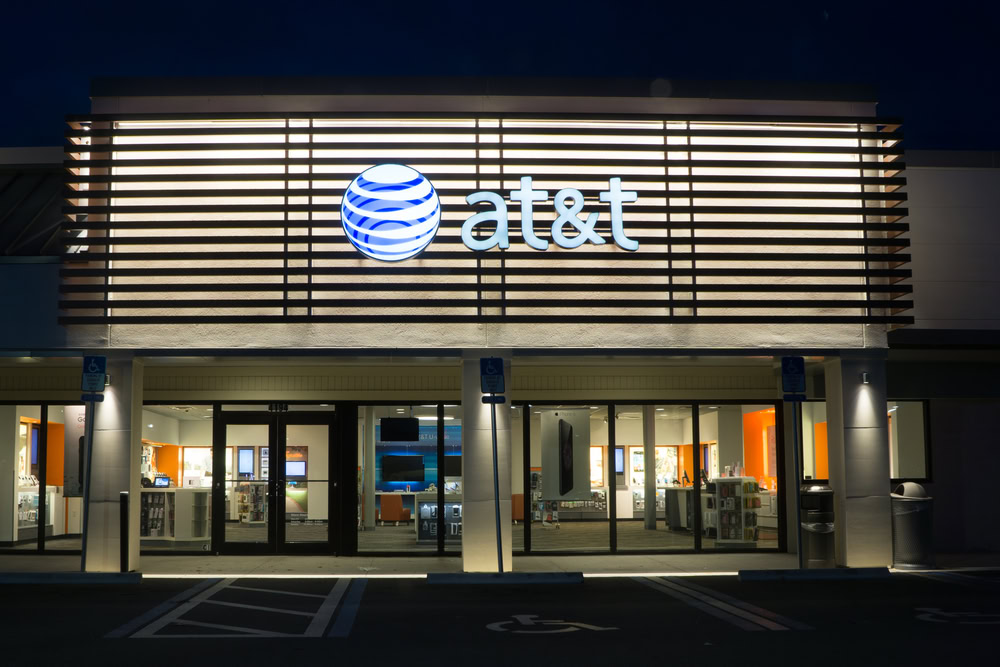
AT&T’s plans for 5G are somewhat confusing at first glance, as the company talks about at least four current and upcoming 5G-related services. At the forefront are 5G Evolution and Mobile 5G, mobile services offering different connection speeds. AT&T also promotes LTE-LAA connectivity for 1Gbps downloads along with an upcoming in-home fixed wireless service.
Of the big three, AT&T’s puzzle pieces were harder to put together. In comparison, T-Mobile is more black-and-white, taking a simpler approach to its public 5G rollout plans. Simply put, T-Mobile is focusing on a long-range nationwide 5G service first followed by an in-home fixed wireless service at a later date. Its short-range service using millimeter waves will open shop in specific markets at the end of 2018 and into 2019 as devices hit the market. Full nationwide coverage isn’t expected to become available until 2020.
Meanwhile, Verizon is rolling out a 5G-based fixed in-home service first based on a proprietary 5G TF network standard. Customers now signing on are coined as “First on 5G” members and will see free equipment upgrades when models based on the 3rd Generation Partnership Project (3GPP) 5G NR standard arrive. Verizon also plans to launch a mobile 5G service six months after the full launch of its fixed in-home solution.
Related:
For AT&T, we broke down the AT&T 5G rollout into four confusion-free sections. Take a look:
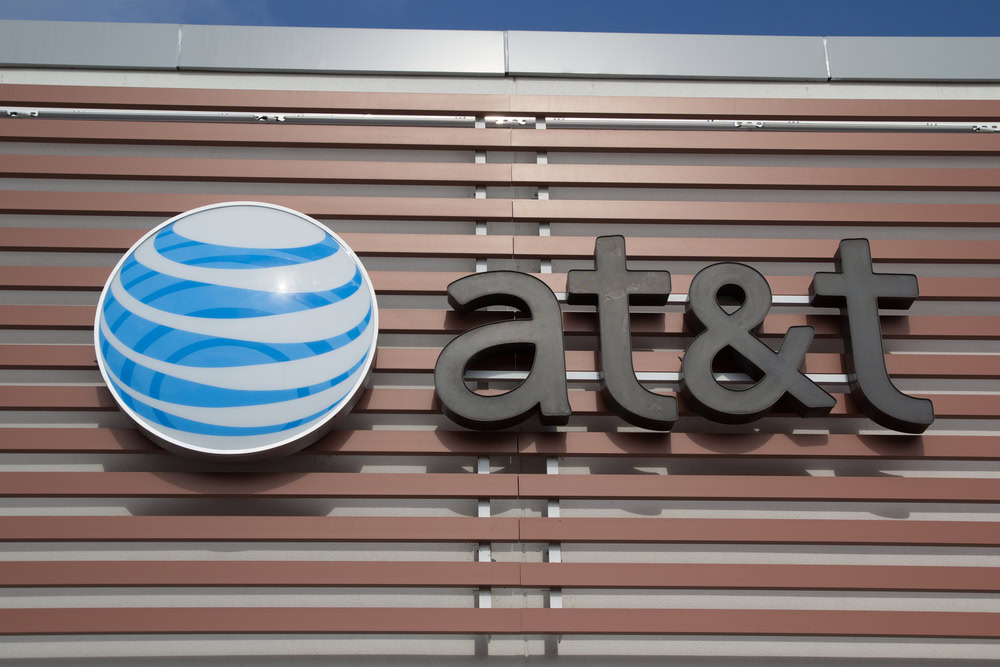
AT&T 5G Evolution
This isn’t AT&T’s real 5G network, instead serving as a foundation for the AT&T’s true 5G service, which will arrive later. This platform only provides theoretical peak wireless speeds of up to 400Mbps for compatible devices. Think of it as an “evolving” 4.5G platform (or ramp) that will eventually become a full-blown AT&T 5G service.
According to AT&T, this 5G Evolution platform consists of upgraded cell towers and new small cell networks powered by LTE Advanced technology, such as three-way carrier aggregation, 4 x 4 MIMO antenna setups and 256-QAM modulation. The company is also using software-defined networking, artificial intelligence and more to increase data transmissions over the current 4G LTE speeds.
Rollout schedule
5G Evolution launched April 25, 2017 in select areas of Austin, Texas. AT&T expanded this platform to more than 400 markets in 2018, and expects to provide nationwide coverage for more than 200 million customers in the first half of 2019.
Controversy over AT&T’s “5G E” label
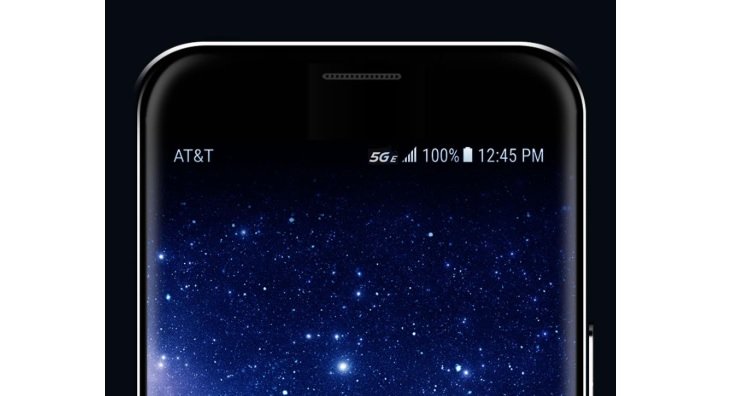
In late December, AT&T began promoting its 5G Evolution network improvements using 4G hardware under the 5G E label. The carrier plans to show the 5G E branding on some customers’ smartphones when they are connected to towers that use those improvements, rather than the standard 4G LTE label. This has already led many people to accuse AT&T of misrepresenting its network speeds. Indeed, all of the other major carriers (Verizon, T-Mobile and Sprint) have publicly attacked AT&T over it. In fact, Sprint has gone one step further and filed a lawsuit against AT&T, claiming that the carrier is “deliberately deceiving consumers into believing that [its] existing 4G LTE network operates on a coveted and highly anticipated 5G network.”
For its part, AT&T and its executives have defended this pretty blatant attempt to mislead customers. John Donovan, AT&T Communications CEO, said in an interview, “We felt we had to give [customers] an indicator of when they getting twice traditional 4G speeds.” It says that it will also fight the Sprint lawsuit against its 5G E marketing efforts.
In short, if you use AT&T and see the 5G E label on your screen, know you are not connected to a 5G network tower — it’s just a faster 4G LTE cell network.
Plans and prices
Because 5G Evolution is a back-end upgrade to AT&T’s 4G LTE service supported by newer phones, AT&T doesn’t provide new plans or pricing.
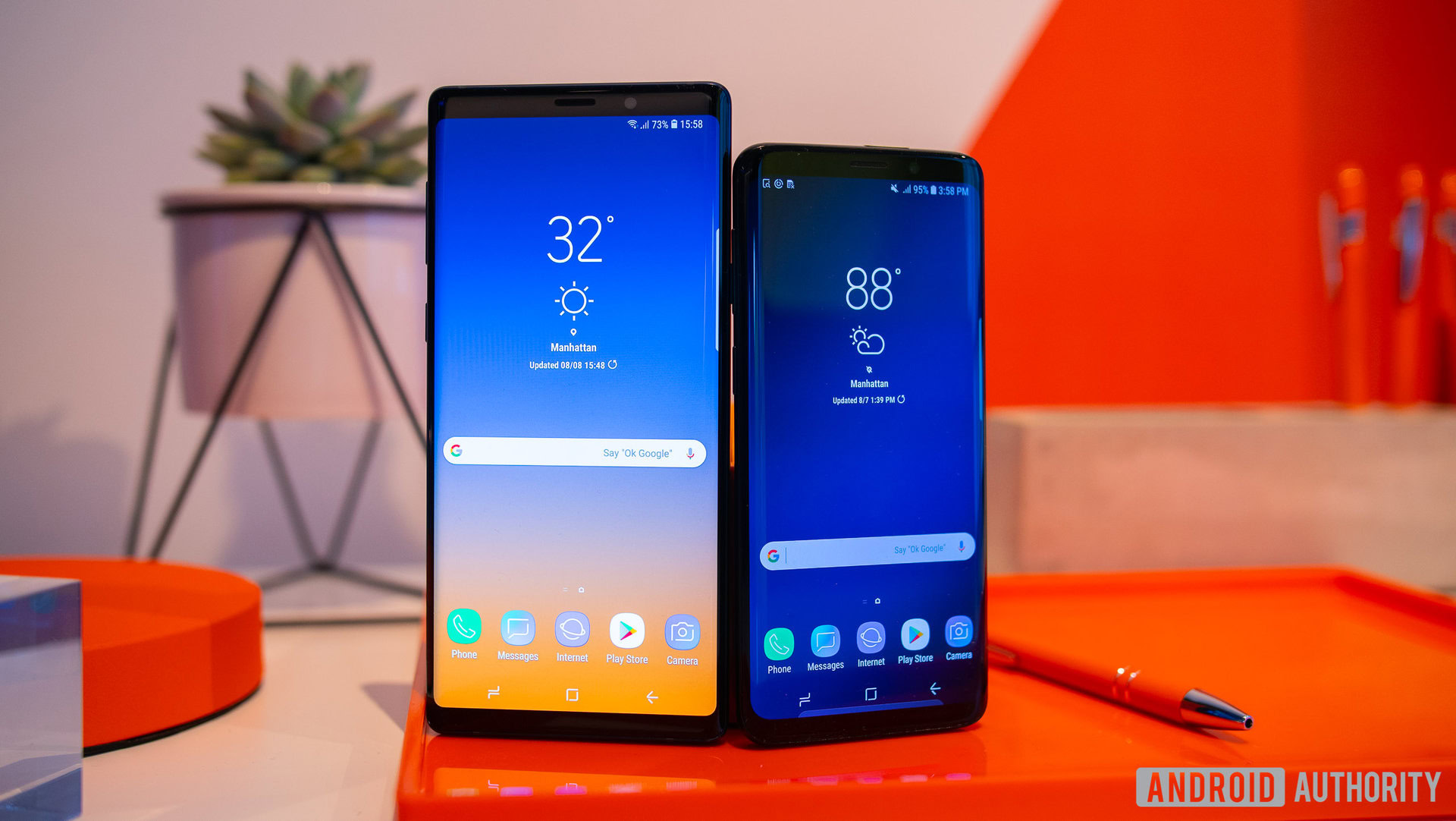
Mobile 5G
This is the true AT&T 5G service for mobile devices, based on the 3rd Generation Partnership Project (3GPP) 5G New Radio standard.
AT&T says it’s currently establishing small cell networks in mid-size and big cities to transmit AT&T 5G coverage “in pockets of dense areas.” Because millimeter waves can’t easily penetrate buildings and other obstacles, and are absorbed by plants and rain, AT&T is strategically placing these small cells throughout the cities to provide the best reception. These small cells can mount on streetlights, utility poles, and more.
Connecting the company’s wireless towers and small cells are “millions of miles” of fiber optic cables already feeding gigabit internet to more than nine million locations. AT&T is still expanding this wired network, shooting to reach 14 million locations by the middle of 2019.
For urban, suburban, and rural areas, AT&T says it will rely on its claimed mid- and low-band spectrum although the company doesn’t provide any specifics.
Spectrum
For now, the mobile AT&T 5G network primarily uses millimeter waves on the 39GHz band, but it will also shift small portions of its low-band spectrum to support its true 5G service. AT&T says more spectrum will be allocated from its 4G service to 5G as devices emerge and customer demand for 5G connectivity increases.
AT&T controls a combined 145 MHz of the sub-3GHz spectrum in North America. It also has access to a nationwide 20MHz block of the 700MHz spectrum held by FirstNet. Whatever is not currently in use by the Nationwide Public Safety Broadband Network can be utilized by AT&T when needed. Here are the claimed spectrums:
Low-band
- 700MHz (BC and DE)
- 850MHz (Cellular)
Mid-band
- Personal Communications Service (PCS) in the 1,900 MHz range.
- Advanced Wireless Services (AWS) in the 1,700 MHz (uplink) and 2,100 MHz (downlink) ranges.
High-band
- Wireless Communication Services (WCS) in the 2,300 MHz range.
Rollout plans
AT&T’s Mobile 5G service is now available in 10 US cities
- Birmingham, Alabama
- Indianapolis, Indiana
- Los Angeles, California
- Milwaukee, Wisconsin
- Pittsburgh, Pennsylvania
- Providence, Rhode Island
- Rochester, New York
- San Diego, California
- San Francisco, California
- San Jose, California
Nationwide AT&T 5G service is expected to be available sometime before the end of the first half of 2020.
Devices
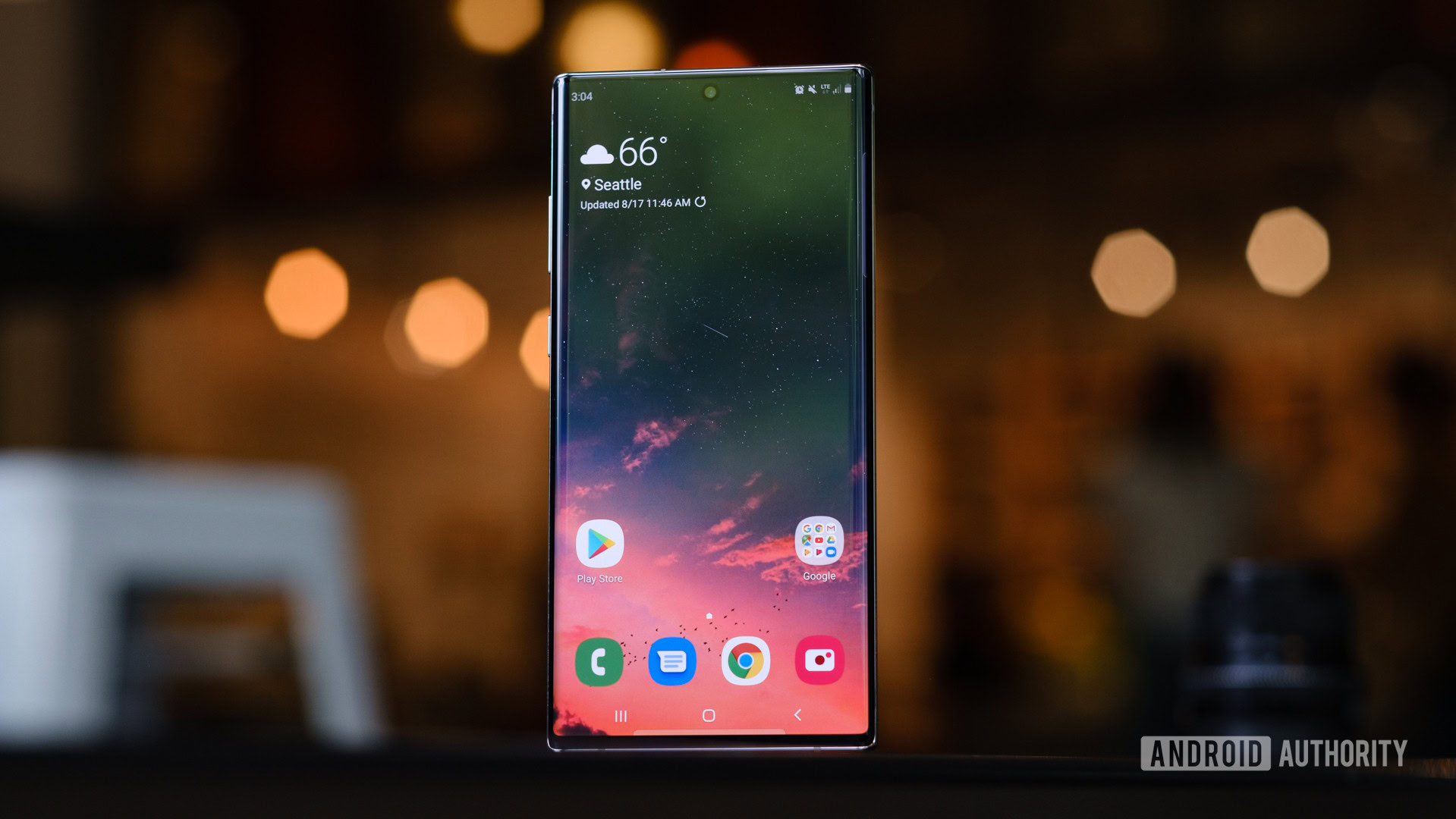
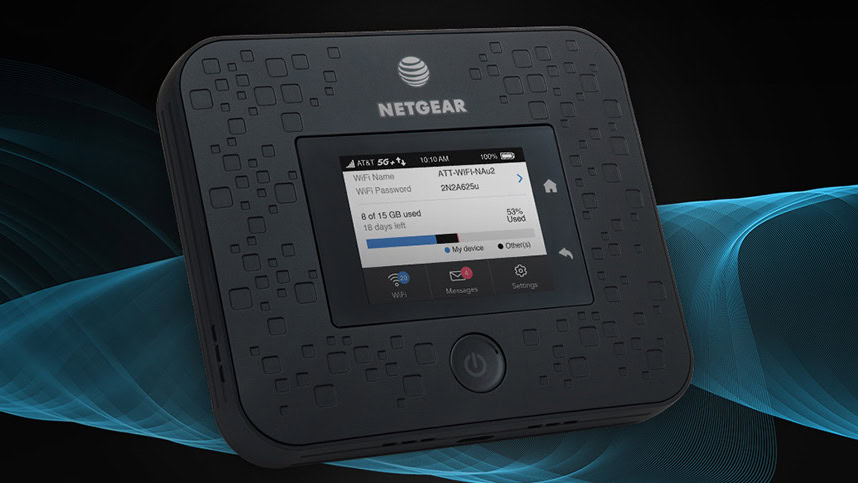
Business customers can also purchase a 5G mobile hotspot, made by NETGEAR, from AT&T. There’s no word on when this hotspot will be available to consumers.
Plans and prices
AT&T 5G customers must sign up for either the carrier’s Unlimited Extra or Unlimited Elite plans. The Extra plan costs $75 a month for one line, with the Elite plan costing $85 a month for a single line. The 5G service is offered at no extra charge.
Other things we know
AT&T said in April its test in Waco, Texas provided a transmission speed of 1.2Gbps when standing more than 492 feet away from the source cell site using millimeter waves and the 400MHz channel. Latency rates were between nine and 12 milliseconds. The test, conducted at a retail location, supported “hundreds of simultaneous connected users.” Another test in Michigan saw speeds of more than 1Gbps across 900 feet.
AT&T CEO Andre Fuetch said in a recent conference call that every radio in the sub-6GHz range deployed since early 2018 will support 5G connectivity through a firmware upgrade.
Here is AT&T’s current list of compatible phones for both 5G Evolution and Mobile 5G:
Android
- LG V35 ThinQ
- LG V40 ThinQ
- Motorola Z2 Force Edition
- Samsung Galaxy S8 Series
- Samsung Galaxy S9 Series
- Samsung Galaxy Note 8
- Samsung Galaxy Note 9
iOS
- iPhone 8 Series
- iPhone X
- iPhone XS
- iPhone XS Max
- iPhone XR
![AT&T logo [aa] (4)](https://www.androidauthority.com/wp-content/uploads/2012/11/ATT-logo-aa-4.jpg)
LTE-LAA
Part of AT&T’s Mobile 5G plans include LTE Licensed Assisted Access. According to Qualcomm, this technology is part of LTE Advanced Pro, which enables Gigabit LTE, voice services, private networking, and more. LTE-LAA combines a licensed LTE band with the unlicensed 5GHz spectrum used by networking routers. Combined, download peak theoretical wireless speeds reach up to 1Gbps, but AT&T’s use of the unlicensed spectrum shouldn’t interrupt or degrade in-home wireless networking.
“Fair Wi-Fi coexistence is a key principle in LAA,” Says Qualcomm’s website.
“This is accomplished by dynamically selecting clear channels in 5 GHz to avoid Wi-Fi users. If there is no clear channel available, LAA will share a channel fairly with others. This is accomplished by a feature called Listen Before Talk (LBT). LBT will be used by all technologies in unlicensed spectrum to ensure fair coexistence globally.”
Rollout plans
As of October, LTE-LAA is in use in parts of 20 cities. At least 24 cities will provide this connectivity by the end of 2018. Cities currently on the list include Austin, Boston, Chicago, Dallas, Houston, Indianapolis, Little Rock, Los Angeles, McAllen, Sacramento, San Antonio, San Francisco, San Jose, Tampa Tuscaloosa, and several others.
Other things we know
The first commercial LTE-LAA service made its debut in select downtown areas of Indianapolis in November 2017.
![AT&T logo [aa] (3)](https://www.androidauthority.com/wp-content/uploads/2012/11/ATT-logo-aa-3.jpg)
Fixed Wireless
AT&T plans to launch a fixed 5G wireless broadband service for home use and the enterprise in U.S. cities in late 2019. It will be based on Citizens Broadband Radio Service (CBRS) networking technology accessing 150MHz of the 3.5GHz band. Samsung will provide the CBRS-based radios and base station equipment while. CommScope will supply the Spectrum Access System. Testing won’t begin until early 2019.
“CBRS is an innovative spectrum band which allows both licensed and shared access that helps enable efficient use of finite spectrum resources,” AT&T said in a press release. “As part of the rollout, we will start by using LTE in CBRS Spectrum and then migrate to 5G.”
In contrast, Verizon’s 5G plans are the exact opposite, as it’s now rolling out a fixed 5G wireless service first followed by mobile 5G connectivity in 2019.